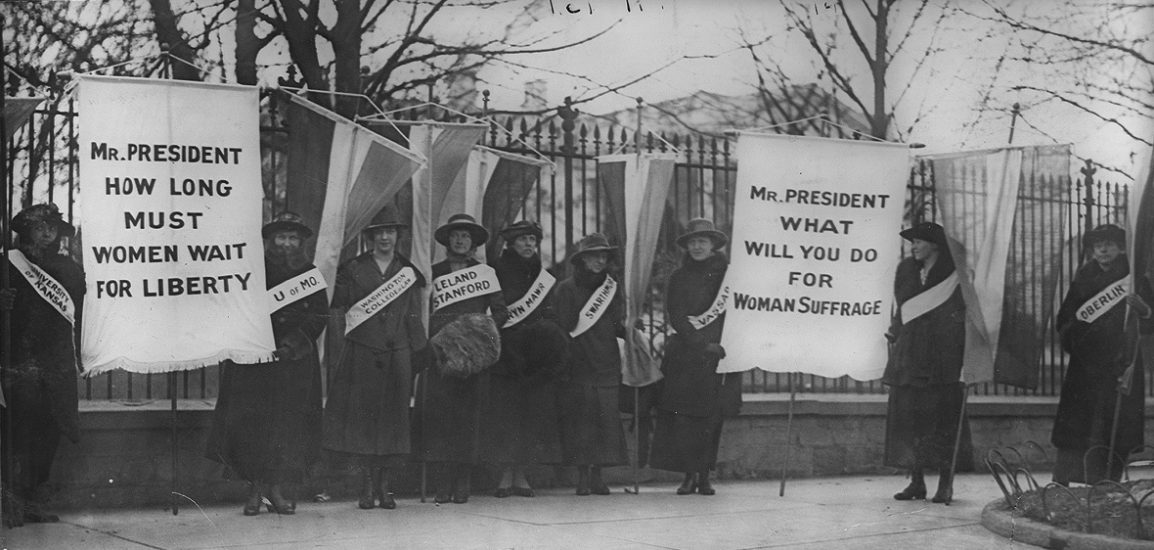Updated July 2022. Women’s rights have been challenged throughout history. The right to vote for women (we realize this applied to many women, but not all, especially women of color), has only been around for a little over 100 years.
100 Years and Counting – Still Stronger, Together!
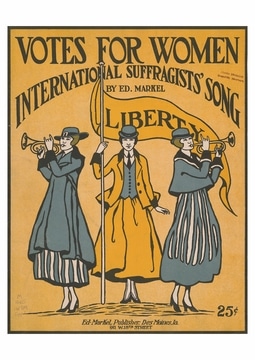
2020 marks the 100th anniversary of the ratification of the 19th Amendment.
In 1920, many American women were granted the right to vote. Although they faced many difficult hurdles, the suffragette sisters who came before us stood strong in their fight for women’s rights. Here is a short timeline of suffrage history.
- By 1913, women had been working for suffrage for over 50 years. To bring national attention to the cause, suffragist leader Alice Paul organized the first suffrage parade in Washington, D.C. on March 3, 1913. More than 8,000 protestors marched down Pennsylvania Avenue to demand voting rights for women—marking a significant turning point for the cause.
- Wisconsin was the first state to ratify the 19th Amendment on June 10, 1919. Special messenger David G. James, father of Wisconsin suffragist leader Ada James, hand-delivered the ratification papers to Washington, D.C., beating Illinois to be the first by mere minutes.
- Thirty-six states needed to ratify the 19th Amendment in order for it to be approved. Tennessee was the 36th state to ratify on August 18, 1920, and women officially won the right to vote on August 26, 1920. It would take another 64 years for all states to ratify.
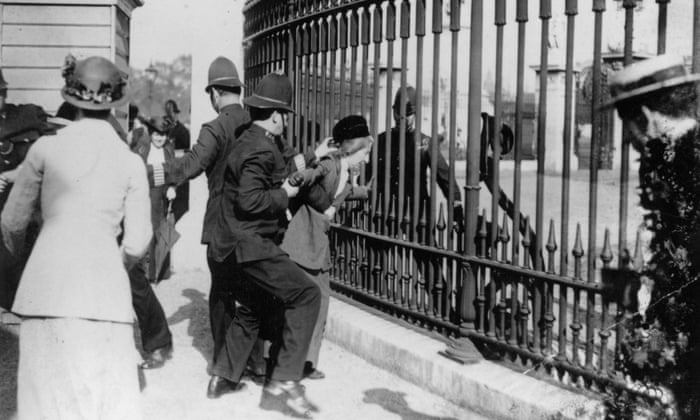
- The first election U.S. women could vote in was the 1920 presidential election between Warren G. Harding and James Cox.
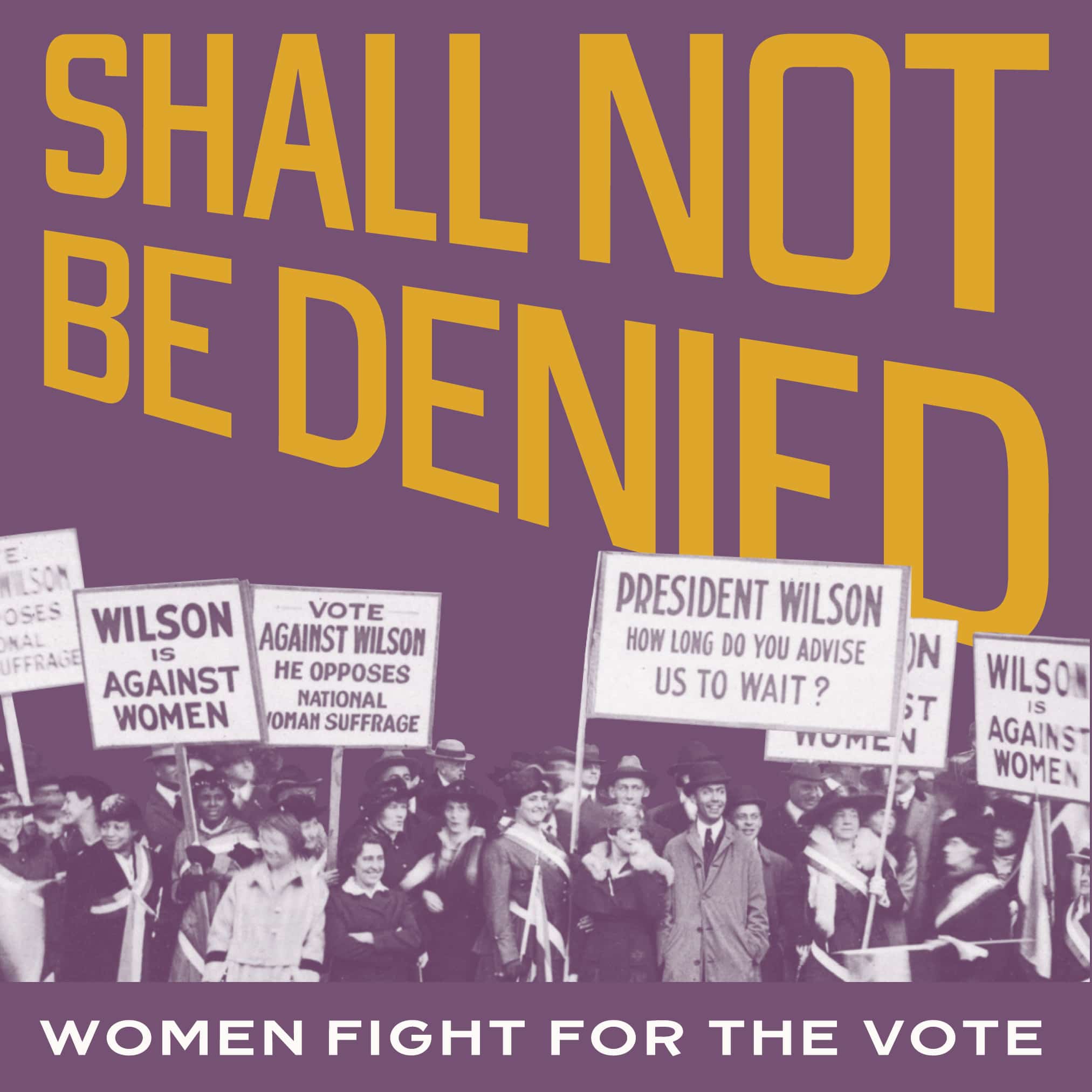
- The women’s suffrage movement wasn’t a completely unified one, and women of color often faced discrimination. From meetings to marches, African American activists, like Ida B. Wells-Barnett and Mary Church Terrell, fought for voting rights while also fighting racism. Despite the racial divisions, black suffragists were collective in their courage in the fight for equality.
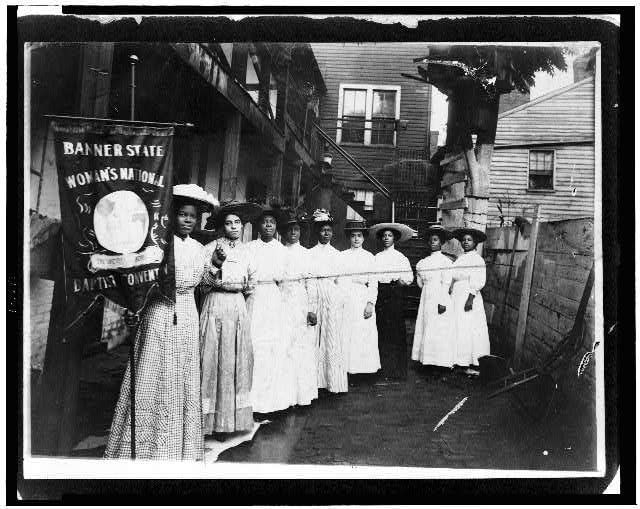
- Even after the ratification of the 19th amendment, many women of color continued to face voting barriers like poll taxes, literacy tests, and citizenship discrimination. It took several decades of continued activism to achieve milestones like the Voting Rights Act of 1965, which prohibited racial discrimination in voting.
Events, exhibits, and celebrations marking the Women’s Suffrage Centennial are taking place across the country. To find out about activities celebrating the passage of the 19th Amendment happening in your state, visit www.WomensVote100.org.

